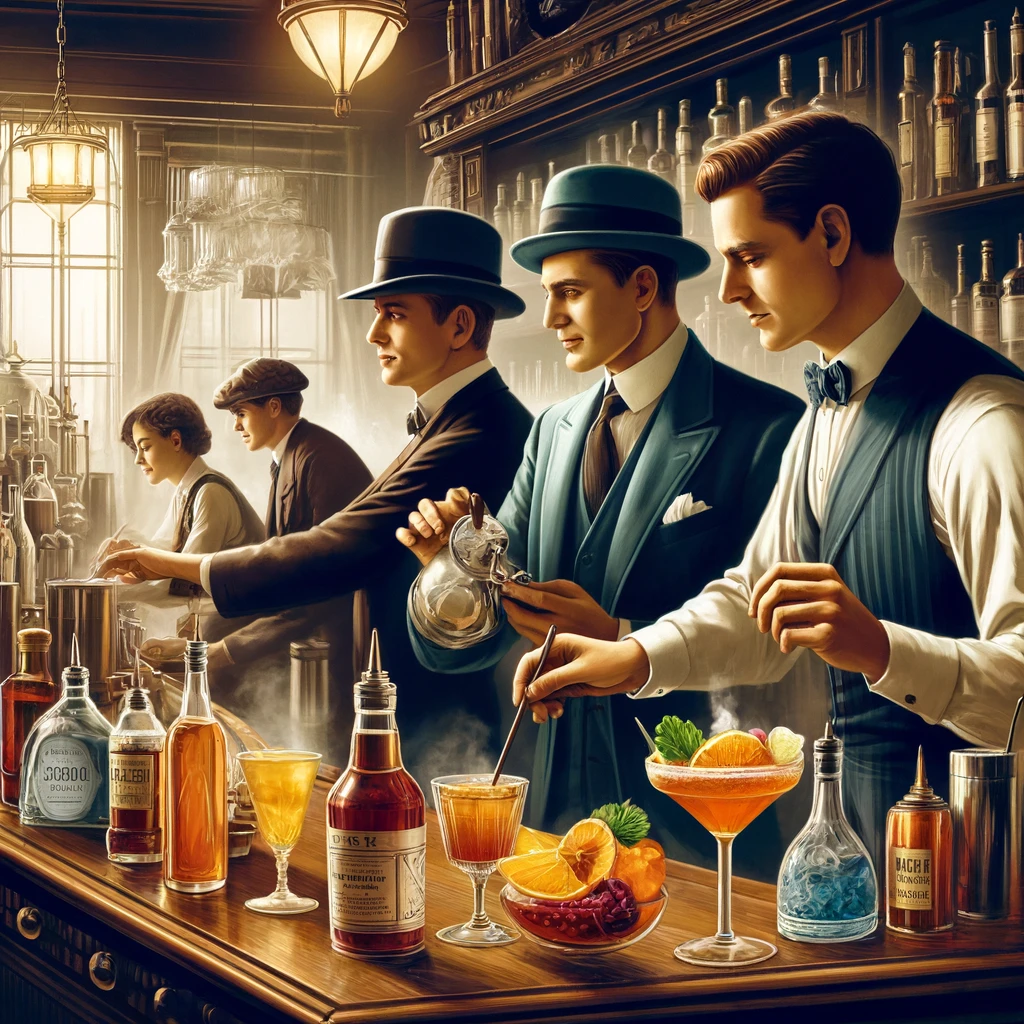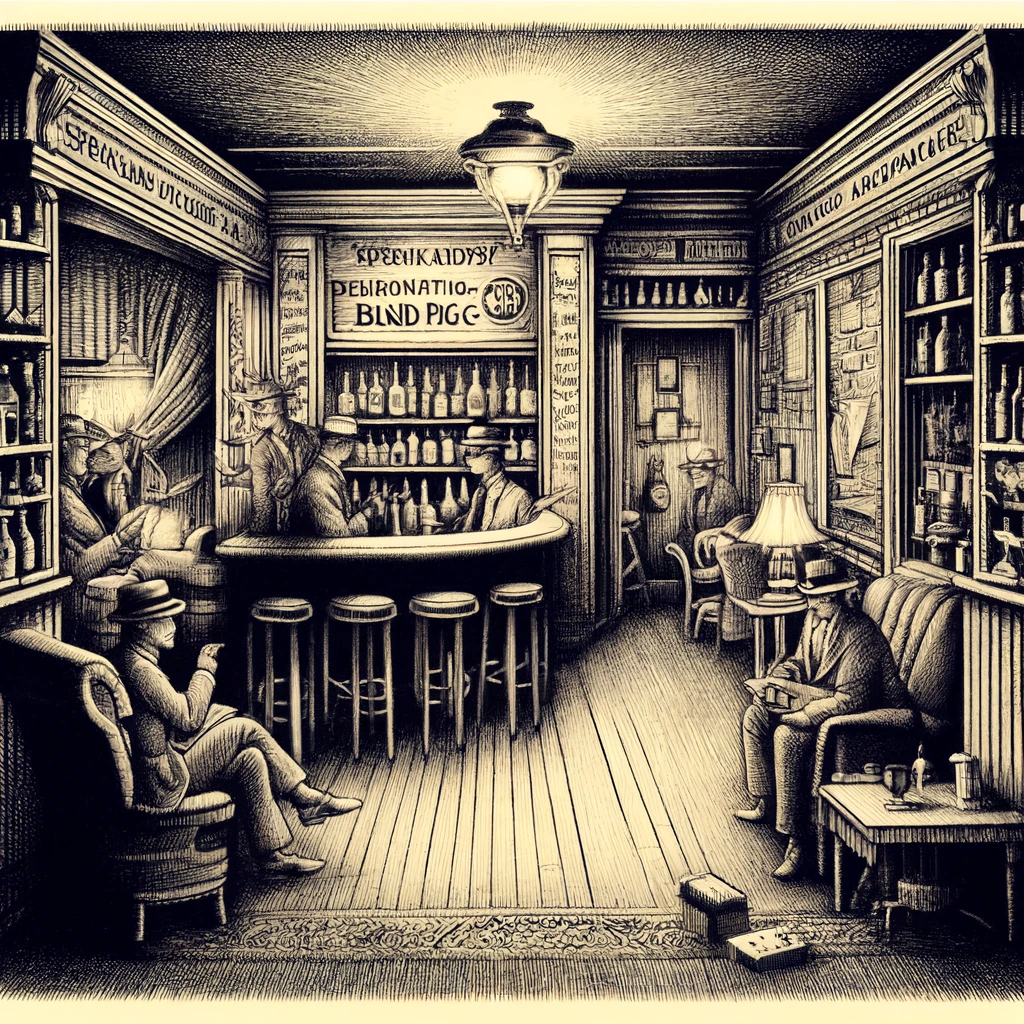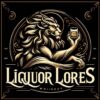Table of Contents
The Prohibition era, which spanned from 1920 to 1933, was a defining period in American history that left an indelible mark on the development of spirits and cocktail culture. Known for its nationwide ban on the manufacture, sale, and transportation of alcoholic beverages, Prohibition inadvertently shaped the trajectory of the spirits industry and cocktail innovation, influences that are still evident in today’s beverage scene.

The Birth of Cocktail Innovation
During Prohibition, the quality of available spirits significantly declined as underground distilleries rushed to produce alcohol without the benefit of regulated standards. To mask the harsh flavors of these inferior spirits, bartenders began experimenting with a variety of ingredients such as fruit juices, sodas, syrups, and bitters. This necessity gave birth to a wave of creativity that has since defined the craft of cocktail-making. Classic cocktails like the Mary Pickford, Sidecar, and the infamous Speakeasy were concocted as palatable means to enjoy bootleg liquor. The creativity and innovation from this era laid foundational techniques and recipes that continue to influence modern mixology.

Rise of American Spirits
The Prohibition era also had a lasting impact on American distilleries. Before Prohibition, American rye and bourbon were less prominent on the global stage. However, the forced closure of distilleries led to significant changes in production practices once the ban was lifted. Distillers sought to improve the quality and appeal of their products to compete with European spirits that had dominated the market during Prohibition. This period of adaptation spurred the growth and refinement of bourbon and rye, positioning them as staple spirits in the American liquor cabinet and on global shelves.
The Speakeasy Influence
A speakeasy, also known as a blind pig or blind tiger, was an illicit establishment that sold alcoholic beverages during the period of United States history known as Prohibition, from 1920 to 1933. During this time, the manufacture, sale, and transportation of alcohol were illegal across the United States, leading to the rise of these hidden or secret bars.
Characteristics of Speakeasies
- Concealment: Speakeasies were often hidden in basements, behind innocuous storefronts, or accessed through discreet entrances. Some required passwords for entry, enhancing their secretive nature.
- Atmosphere: Despite operating illegally, many speakeasies were quite sophisticated, with music, dancing, and entertainment. They became fashionable places to socialize and were often patronized by the middle and upper classes.
- Diverse Clientele: These establishments brought together people from various social classes and backgrounds, all united by the desire to drink and socialize freely despite the Prohibition laws.


The speakeasy clubs that emerged during Prohibition as secret havens for the consumption of illicit alcohol have inspired the ambience of many modern bars. These hidden spots, often accessed through unmarked doors or by password, contributed to a culture of exclusivity and sophistication that continues to be emulated in today’s bar scene. The allure of the speakeasy has been revitalized in contemporary “hidden bars” and “secret lounges,” where the experience of discovery and the enjoyment of crafted cocktails pay homage to the past.
Educational and Regulatory Impacts
Prohibition highlighted the need for regulation and education regarding alcohol consumption. The repeal led to the establishment of controlled distribution systems and legal frameworks that govern the production, sale, and consumption of spirits. These systems help ensure product quality and safety standards that were not present during Prohibition. Furthermore, the era’s failure to curb alcohol consumption by fiat demonstrated that education about moderation was more effective than outright bans, influencing modern educational campaigns about alcohol.
The legacy of Prohibition is complex and enduring, influencing not just the types of spirits Americans drink, but also how they drink them. From the explosion of cocktail creativity to the evolution and appreciation of American-made spirits, the shadows of Prohibition have cast long into the future of the spirits industry. Modern mixologists and distillers not only recognize the historical significance of this period but continue to draw inspiration from the ingenuity and resilience shown by their predecessors during one of America’s most challenging times for the spirits industry.
How useful was this post?
Click on a star to rate it!
Average rating 0 / 5. Vote count: 0
No votes so far! Be the first to rate this post.
